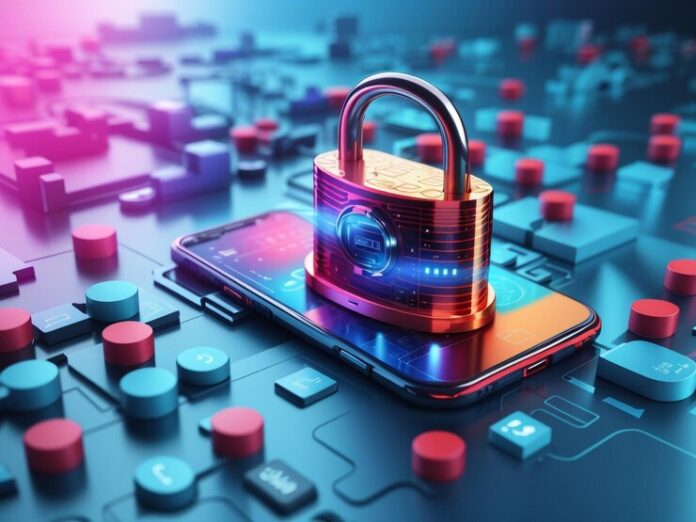In today’s interconnected world, where our reliance on digital devices grows by the day, ensuring the security of hardware has become paramount. From smartphones to servers, the integrity of these devices shapes our ability to work, communicate, and store sensitive information securely. Yet, alongside the convenience and efficiency they provide, there’s a constant battle against threats that seek to exploit vulnerabilities in our hardware.
One of the biggest concerns is the risk of supply chain attacks. These occur when malicious actors tamper with devices during manufacturing or distribution, inserting backdoors or malicious software that can compromise data or provide unauthorized access. The fallout from such attacks can be devastating, impacting businesses, governments, and individuals alike. It underscores the critical need for transparency and vigilance throughout the supply chain process.
Think about your smartphone or laptop—these devices store personal data, financial information, and much more. Protecting them goes beyond just installing antivirus software; it involves designing hardware that can resist tampering and ensuring that updates are timely and secure. This is particularly crucial in industries like healthcare, finance, and critical infrastructure, where the stakes are high.
Moreover, the rise of Internet of Things (IoT) devices adds another layer of complexity. These interconnected gadgets—from smart thermostats to industrial sensors—are vulnerable targets for cyber threats. Ensuring they’re equipped with strong authentication mechanisms and encryption protocols is vital to prevent them from becoming entry points for larger cyber attacks.
Physical security is equally important. Data centers, which house vast amounts of sensitive information, implement stringent measures such as biometric access controls and 24/7 surveillance to protect against theft and physical breaches. These measures not only safeguard data but also ensure uninterrupted service in the face of natural disasters or deliberate attacks.
As individuals, businesses, and policymakers navigate these challenges, collaboration is key. Manufacturers must prioritize security in their designs, cybersecurity experts must innovate to stay ahead of threats, and policymakers must enact regulations that encourage best practices and accountability across the industry.
Looking forward, enhancing hardware security isn’t just about protecting gadgets—it’s about safeguarding our digital lives and preserving trust in our increasingly interconnected world. By investing in robust security measures and staying informed about emerging threats, we can all contribute to building a safer digital future for everyone.




